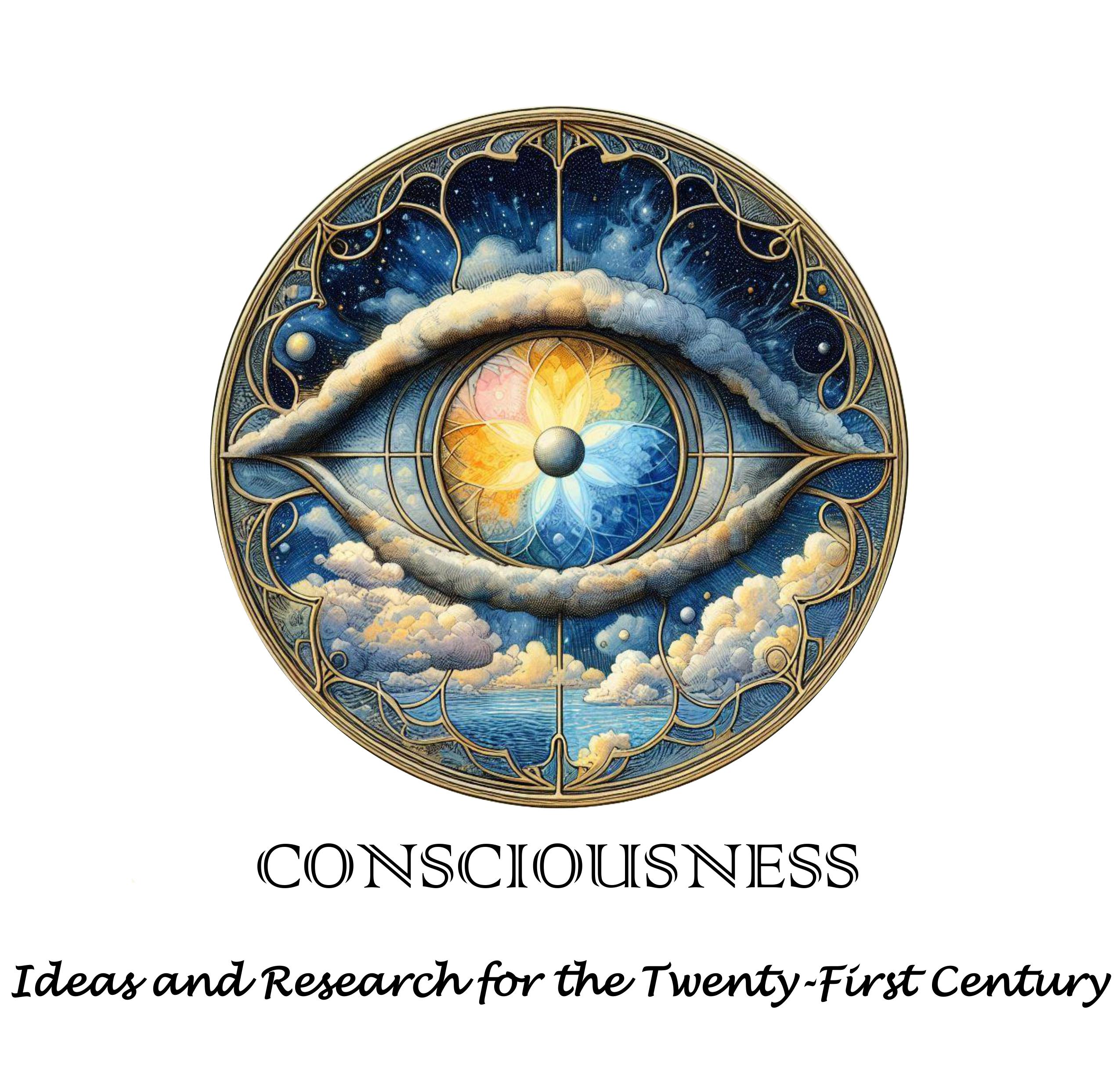
Abstract
A physiology of consciousness is elaborated, based upon implications of the Pribram-Bohm hypothesis (developed in Part I of this series). The model presented here is in sharp contrast to the prevailing conviction among neuroscientists that consciousness will eventually be discovered to be a physiological epiphenomenon of neuronal electrical impulses firing in the brain. In contrast, the Pribram-Bohm theory holds that consciousness, inherent in what Bohm views cosmologically as “the Whole,” manifests as a dynamic conscious energy resonance bridging the explicate space-time domain with the nonlocal, transcendent flux domain termed the “implicate order.” Presented in Part I, the Pribram-Bohm hypothesis posits a relatively infinite ether-like ground of innumerable quantum black holes, or “holospheres,” centrally located at every point in cosmological space. Being nonlocal, the implicate order is clearly a singularity, yet topologically accessible at each and every point with in space, connected everywhere below the Planck length of 10-35m. Bohm suggests that within the implicate order, consciousness is the primary awareness as contrasted with human mental cognition, a derivative in the explicate order (space–time). It is into these centers of the implicate order that information from space–time flows, and within which this information is eternally (non-temporally) stored. In this topology, consciousness is looking out from the implicate order center, everywhere, while simultaneously projecting form into the explicate order, space–time universe. Within such a topology of consciousness, human physiology would have evolved with structural aspects that provide feasible wavelengths (frequency bands) within which modulated information might be processed and stored isospherically in resonance with holoflux consciousness in the implicate order. Physiological candidates discussed as carriers of human consciousness processing and information storage (memory) include infrared radiation among erythrocytes in the blood stream, and the waveguide potential of microtubules for ultraviolet radiation throughout the neuronal system.
Recommended Citation
Joye, Shelli R.
(2016)
"The Pribram – Bohm Hypothesis Part II: The Physiology of Consciousness,"
CONSCIOUSNESS: Ideas and Research for the Twenty-First Century: Vol. 4:
Iss.
4, Article 1.
Available at:
https://digitalcommons.ciis.edu/conscjournal/vol4/iss4/1
Included in
Cognition and Perception Commons, Cognitive Psychology Commons, Other Life Sciences Commons, Other Neuroscience and Neurobiology Commons, Philosophy Commons, Psychiatry and Psychology Commons, Quantitative, Qualitative, Comparative, and Historical Methodologies Commons, Social Psychology Commons, Social Psychology and Interaction Commons


